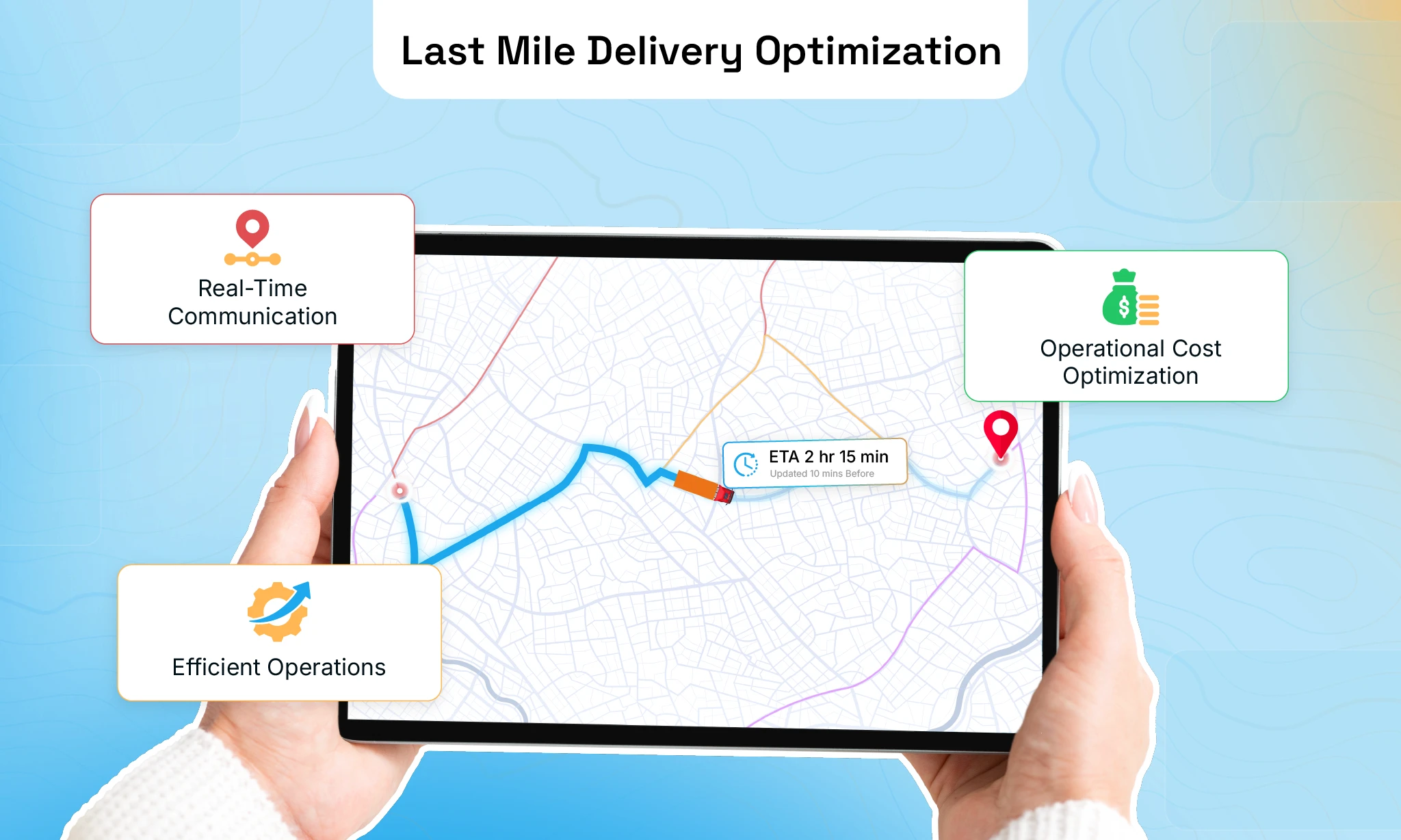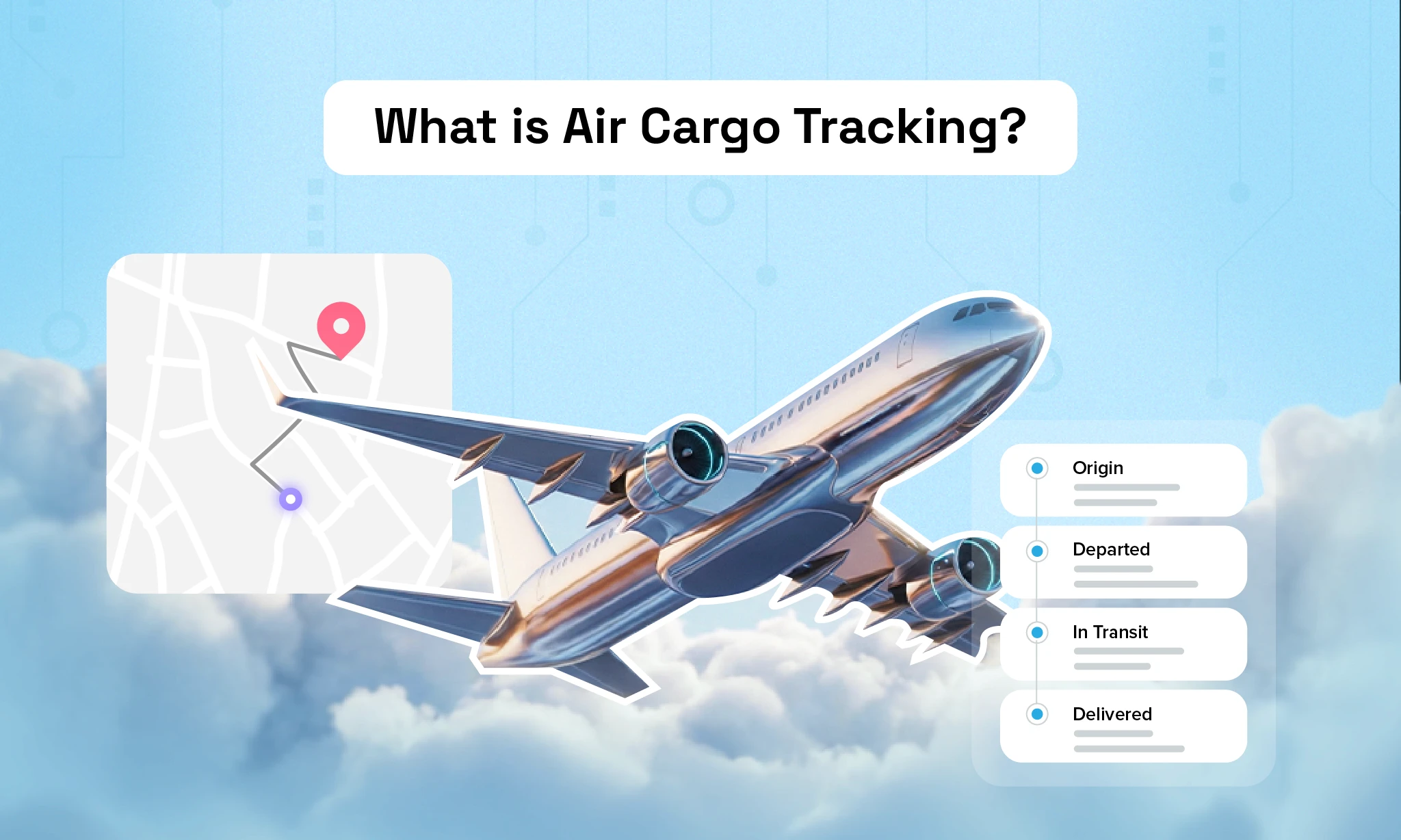8 Digital Freight Forwarding Trends to Watch in 2025
Author:
Divya Murugan
Published On:
Aug 6, 2025
Updated On:
Aug 6, 2025
1 min read
What’s changing, what it means, and where you fit in
Logistics isn’t what it used to be. The past few years have prompted freight forwarders to reassess their operating methods. What once relied on phone calls and manual coordination now demands speed, data, and clarity.
2025 will be a defining year. If you’re wondering where the industry is heading, and how to stay ahead, here’s your no-fluff guide.
Key Takeaways
Digital Platforms: Streamline quoting, booking, and tracking in one place. Save time and boost visibility.
AI in Freight: Use AI to predict delays, optimize routes, and reduce manual work.
Sustainability: Shippers prefer eco-conscious partners. Green logistics gives you a competitive edge.
Data & Analytics: Leverage data to improve decisions, cut delays, and grow smarter.
Why Digital Transformation Matters in Freight Forwarding?
The freight forwarding industry is the backbone of global logistics, ensuring that goods move efficiently from one corner of the world to another. Freight forwarders play a vital role in managing the entire supply chain, acting as the link between shippers and carriers to coordinate transportation, documentation, and customs clearance. As e-commerce continues to boom, businesses and customers alike rely on freight forwarding to deliver products quickly and reliably. By embracing innovative solutions like digital platforms and artificial intelligence, freight forwarders can streamline supply chain operations, reduce costs, and provide greater transparency throughout the shipping process. In today’s fast-paced logistics environment, the ability to adapt and leverage technology is what sets leading freight forwarders apart.
1. Digital freight platforms are replacing scattered tools
Spreadsheets, disconnected systems, and manual status checks are being phased out. More companies are shifting to unified digital platforms that bring quoting, booking, documentation, and tracking into one place.
These platforms streamline the booking process by making it easier to arrange shipments, negotiate in real time, and seamlessly add services like insurance during booking.
Why it matters: When everything lives in one system, your team spends less time double-checking and more time delivering value.
Logistics teams that adopt integrated freight platforms report up to a 30% reduction in booking time and a 25% improvement in shipment visibility (Source: Freightos, 2024).
2. AI is quietly powering smarter operations
Artificial intelligence is no longer hype. It’s being used to predict delays, suggest optimal routes, and reduce repetitive tasks like document sorting or rate matching. AI leverages big data to optimize logistics operations, enabling better forecasting, route planning, and real-time shipment tracking.
Why it matters:AI helps ops teams make decisions faster and with more accuracy, especially when things go off track. It also improves the accuracy of predicting and optimizing delivery times, which enhances customer experience by providing reliable shipment updates.
3. Automation is turning busywork into background tasks
Routine tasks like invoice generation, customs form entry, and carrier status updates are being automated. Automation streamlines business processes, resulting in greater efficiency and fewer errors. This shift frees up teams to focus on exceptions and customer issues that actually need attention.
Why it matters:When your team isn’t bogged down by manual tasks, they make fewer mistakes and get more time back in their day.
4. Sustainability is becoming a selection criterion
Clients are now asking: What’s your carbon footprint?
More shippers are choosing partners based on environmental practices, especially in Europe and North America.
Cost efficiency remains a key criterion in carrier selection, alongside sustainability and reliability.
Why it matters: Offering lower-emission routes or carbon tracking tools isn’t just a nice-to-have, it’s a competitive edge.
Shippers want partners who help them meet their own ESG goals, reduce regulatory risks, and appeal to eco-conscious customers.
Sustainable logistics isn’t just good for the planet, it’s good for business.
5. Customers expect real-time shipment visibility
No one wants to send an email just to know where a shipment is. Visibility tools are no longer optional; customers expect them.
Modern self-service portals let customers track shipments in real-time, view status updates, and access proof of delivery without needing to ask. This level of visibility builds trust, improves communication, and frees up your sales and ops teams from endless follow-ups.
Why it matters: Clear, on-demand tracking helps customers feel in control.
It reduces back-and-forth, speeds up issue resolution, and keeps everyone on the same page.
And it's what your customers want. 73% of B2B buyers prefer doing business through digital channels whenever possible (McKinsey, 2023).
6. Self-service is shaping the customer experience
More forwarders are offering customer portals that allow users to track, rebook, view invoices, and even chat with support.
Why it matters:
Customers want control. The easier you make it for them to take action without waiting on your team, the more likely they are to stick around.
7. Multimodal planning is becoming proactive
Air, sea, and road are no longer planned in isolation. Modern systems help forwarders coordinate across all modes in real time, adjusting routes based on conditions or costs. Freight forwarders can also consolidate multiple smaller shipments into a single shipment using one carrier, especially for LTL (Less Than Truckload) shipments, to optimize efficiency and reduce costs.
Why it matters:Multimodal flexibility makes your operation more resilient when delays or disruptions happen — and they always do.
8. Data and analytics are becoming strategic tools
Smart freight teams aren’t just tracking performance. They’re analyzing patterns, carrier reliability, and customer behavior to make better decisions.
Digital freight teams process vast amounts of data to optimize inventory and logistics management, enabling real-time control, improved forecasting, and greater efficiency across the supply chain.
For example:
By analyzing delivery delays across multiple carriers, a freight team might find that one route consistently causes late arrivals.
They can respond by switching to a more reliable carrier or adjusting schedules, which helps reduce missed ETAs and improves customer satisfaction.
Why it matters: The forwarders who treat data as a decision tool, not just a report card,will grow faster and more profitably. Effective data use helps logistics providers reduce working capital requirements and improve overall operational efficiency.
In summary
Freight forwarding in 2025 is leaner, smarter, and more customer-driven. You don’t need to do everything at once, but you do need to start somewhere.
Pick the trend that solves your biggest current challenge. Whether it’s automation, customer experience, or data strategy, progress in one area creates momentum in others.
Change is happening either way. The question is will you lead it, or chase it?
Frequently Asked Questions (FAQ)
1. What is digital freight forwarding?
It’s the use of online platforms to manage booking, tracking, documents, and communication in one place, replacing manual processes and improving efficiency.
2. How is AI changing freight forwarding?
AI predicts delays, optimizes routes, and automates tasks—helping teams make faster, smarter decisions.
3. Why is sustainability important in freight forwarding?
Greener logistics attract customers and meet regulations. Transparency and resilience help companies adapt to environmental challenges.
4. What does real-time shipment visibility mean?
It means tracking shipments instantly without calls or emails—improving trust, transparency, and reducing delays.
5. How does multimodal freight forwarding work?
It combines air, sea, and road transport for flexible routing, cost savings, and stronger supply chain resilience.
6. What are the benefits of customer self-service portals?
They let customers track, book, and view invoices anytime—boosting satisfaction and reducing support workload.
7. Why is data analytics important in freight forwarding?
It turns shipment data into insights that improve operations, carrier performance, and adaptability.
Don't forget to share this blog!



